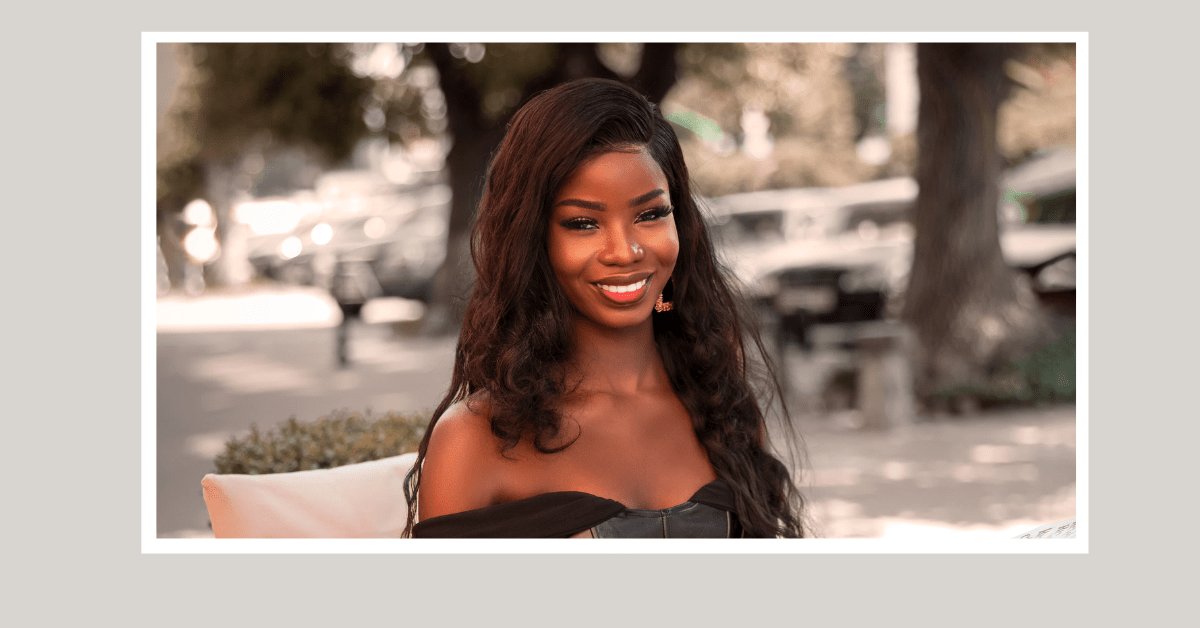Lace closures and frontals are essential elements in achieving impeccably natural hairstyles in hair extensions and wigs. While these components share the common goal of enhancing overall appearance, they possess unique attributes that cater to diverse preferences and requirements.
In the intricate world of hair styling, the choice between lace closures and frontals hinges upon considerations of realism, versatility, and desired aesthetics. Understanding the distinctions between these two options empowers individuals to craft hairstyles that seamlessly blend with their natural hair, ensuring confidence and satisfaction with every look.
5 Key Differences:
Understanding the disparities between lace closures and frontals can help you make an informed decision when choosing the right one for your hairstyle. Let’s delve into the five key differences between lace closures and frontals.
Definition and Purpose:
Lace Closure:
A lace closure is a small piece of lace fabric with hair strands attached. It is typically placed at the crown or the top of the head to close off a weave or wig installation. Lace closures come in various sizes, including 4×4 inches, 5×5 inches, or 6×6 inches.
Frontal:
A frontal is a larger piece of lace fabric with hair strands attached. It extends from ear to ear, covering the entire front hairline. Frontals provide versatility by allowing different parting styles and enabling a natural-looking hairline.
Size and Coverage:
Lace Closure:
Lace closures are smaller in size and offer limited coverage. They usually cover a small portion at the top or crown of the head, providing a natural-looking parting.
Frontal:
Frontals are larger and provide more coverage. They span from ear to ear, covering the entire front hairline, allowing for various styling options such as the middle part, side part, or even a pulled-back style.
Styling Versatility:
Lace Closure:
Due to their smaller size, lace closures offer limited styling options. They typically allow for a fixed parting style, such as a middle or a side part.
Frontal:
Frontals offer greater styling versatility. With a frontal, you can create different parting styles, including a middle part, a side part, and even a ponytail or updo hairstyle. They mimic the appearance of a natural hairline, providing a seamless and realistic look.
Installation Technique:
Lace Closure:
Lace closures are relatively easier to install compared to frontals. They require less customization and are typically sewn or glued onto the hair weave or wig cap at the crown area.
Frontal:
Frontals require more intricate installation techniques. They often involve customization to blend seamlessly with the natural hairline. They can be installed using various methods, including sewing, gluing, or adhesive tape.
Maintenance and Longevity:
Lace Closure:
Due to their smaller size, lace closures are generally easier to maintain. They require minimal styling and upkeep, and with proper care, they can last for several months.
Frontal:
Due to their larger size and greater styling options, frontals may require more maintenance. Regular styling, washing, and conditioning are essential to maintaining their appearance. Frontals may have a shorter lifespan compared to closures, typically lasting between 4 to 6 weeks before needing replacement.
Some Additional Differences:
Hairline Realism:
Lace Closures: Offer a natural-looking parting but may lack the realism of a natural hairline due to their placement at the crown of the head.
Frontals: These are designed to replicate a natural hairline, providing a seamless transition between the hairpiece and the forehead with ear-to-ear coverage.
Compatibility with Hairstyles:
Lace Closures: Suitable for various hairstyles like middle parts, side parts, and low ponytails, but may limit more elaborate styles due to their smaller size.
Frontals: These Offer greater styling flexibility, allowing for sleek ponytails, voluminous updos, or half-up, half-down styles with undetectable edges thanks to ear-to-ear coverage.
Conclusion:
In conclusion, the choice between lace closures and frontals ultimately depends on individual preferences, styling needs, and maintenance commitments. While lace closures offer simplicity and natural-looking parting, frontals provide unparalleled versatility, allowing for a wide range of styling options and a seamless transition from the hairpiece to the natural hairline.
Understanding the nuances of each option empowers individuals to make informed decisions, ensuring that their hairstyles not only enhance their appearance but also instill confidence and satisfaction with every look.
Whether opting for the subtlety of lace closures or the versatility of frontals, one thing remains certain: both components play pivotal roles in achieving impeccably natural and stylish hairstyles. By recognizing the distinct attributes and considering factors such as size, coverage, styling versatility, installation techniques, and maintenance requirements, individuals can tailor their choice to suit their unique preferences and lifestyles, thus unlocking the full potential of hair extensions and wigs.
Ultimately, whether it’s a seamless middle part or a glamorous updo, the right choice between lace closures and frontals opens the door to endless possibilities in the intricate world of hair styling.











